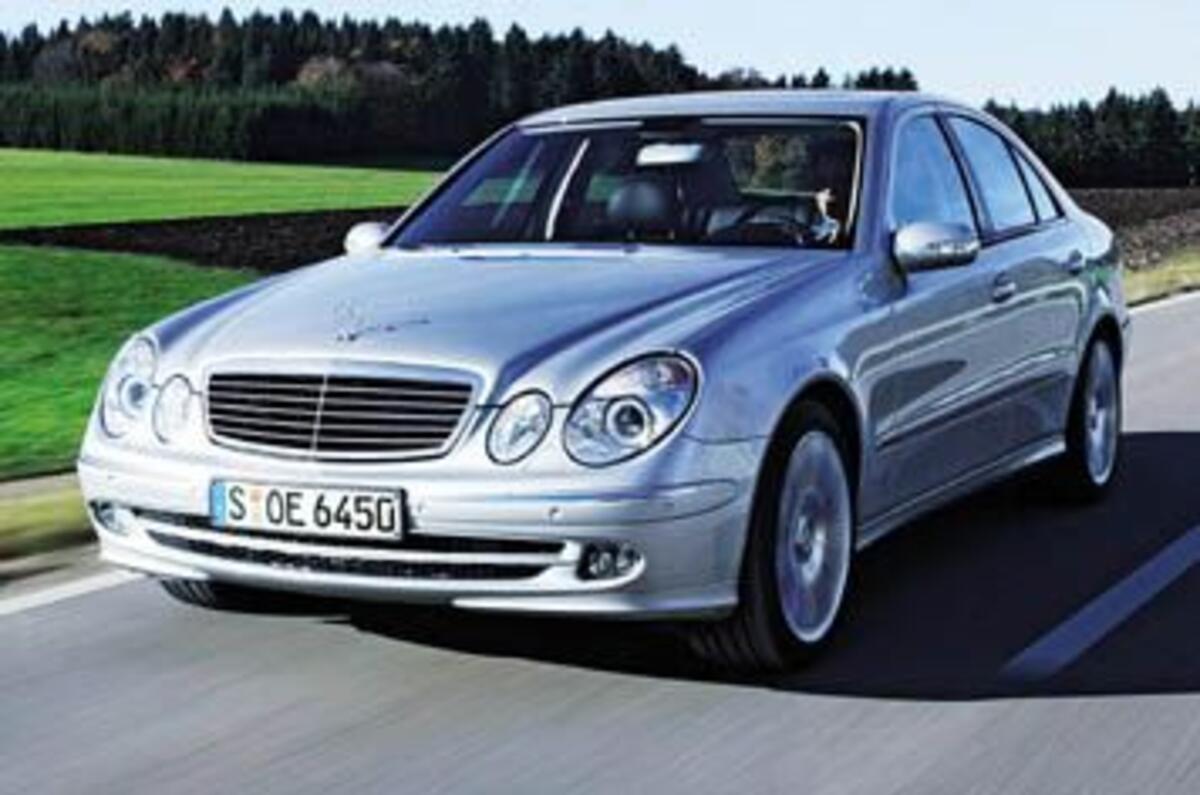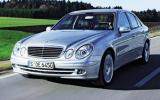I don’t recall thinking the Mercedes-Benz E 320 was falling off the pace, but clearly the decision-makers in Stuttgart are a hard bunch to please.
They’ve just axed the E 320 with its three-valve-per-cylinder 3.2-litre V6; in its place is a new E 350 running a more-advanced four-valve-per-cylinder 3.5-litre V6. First seen in the SLK 350, the alloy-block engine uses a two-stage inlet manifold and continually adjustable intake and outlet camshafts to dish up 268bhp at 6000rpm (up from 221bhp) along with 258lb ft of torque from 2400 to 5000rpm (up from 232lb ft).
Crucially, the power-to-weight ratio has risen, the E 350 outclassing the E 320 by 26bhp-per-tonne despite carrying an extra 35kg at 1680kg. This helps it slice 0.8sec from the 0-62mph time to 6.9sec and adds 3mph to the top speed (now 155mph), while improving fuel consumption by 1.5mpg in city driving and slightly reducing CO2 emissions. The new engine is also the perfect companion for the now-standard 7G-Tronic seven-speed automatic gearbox.
But the on-paper improvements, impressive as they are, pale next to the gains in response and sportiness. Drive the E 350 and you’ll question whether the V8 E 500 is still a pertinent buy. In real-world driving there is not much between them. The E 350 goes about its business in a highly efficient and seemingly effortless manner, without ever becoming too vocal or annoyingly harsh. There are no discernable peaks or troughs in the power delivery. Once you’ve tapped into the torque it is extraordinarily linear. And, best of all, it loves to rev. Peak power is produced at 6000rpm, but keep your foot planted and it hauls all the way to the 6200rpm change-up point with great enthusiasm.
Mercedes is also introducing an optional sport package on all models. Along with exterior styling and interior trim alterations, it brings mechanical changes, including a more direct steering ratio (16.3:1 v 14.7:1) with speed-sensitive assistance, stiffer springs and firmer dampers, more powerful brakes (330mm discs all round) and unique 18-inch alloy wheels shod with 245/40 front and 265/35 rear tyres. Together, they provide added body control and improved grip levels.
As impressive as it was, the E 320 is outclassed by the E 350. The characterful engine is a clear step forward and with the new sports package it makes for a far more engaging drive.














Add your comment